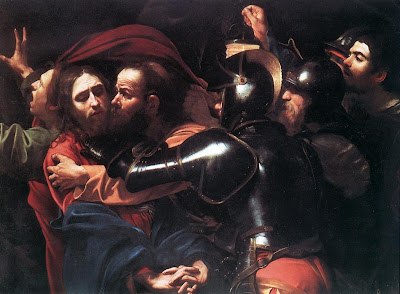‘Each groan, each facial expression of the man who suffers aims at sculpting a statue-in-itself of suffering.’
This is a noteworthy sentence extracted from one of the most remarkable passages in Sartre’s Being and Nothingness. Suffering and humiliation are joined by the hip- that is a basic principle of our existence. Indeed, if we exist merely for others, is it not the very fabric of our existence that warrants a perpetual continuum of humiliation and indignity for us as beings entrapped within the inevitability of our being-for-others, as Sartre likes to call it. We crave that our relative, subjective being of existence would somehow transpire within a tangible dimension, so that we would be able to heed it with our five senses, preferably our eyes. In our suffering, we pine intensely for the creation, for the sculpting of this very same suffering into an object independent of others, independent indeed of our own consciousness; it would exist by itself, as an immovable, solid object that would somehow be standing there, motionless and as physical as any object which we may touch. In other words, in the abyss of our suffering, in the very feeling, intense and powerful and beguiling, we long for that feeling to remain there, to be imprinted within the objective, ever-flowing reel of our existence, so that it may stay there, pertaining to the universe which initially prompted its very creation, so that it would not fade away or diminish in significance; but it would gratify us with the promise of its independent, solid, unaffected, objective, and perhaps most important of all, eternal state. Human beings are intrinsically attuned to this feeling, of this desire to leave behind something which would not be rendered in multiple perspectives, and would not exist in kaleidoscope-like nuances, but it would simply be there forever.
How regretful we are of the fact that Newton, in the universality with which he conceived of the universe, was ultimately wrong! Conversely, it was Einstein, with his relativity which probed the fabric of this non-constant, non-universal cosmos which we find ourselves existing within.
Caravaggio’s paintings offer us a glimpse of this precise pure, unaffected, raw suffering. His compositions are almost always very intimate, closely observing the faces of the subjects depicted, instead of taking preference for grand, sweeping scenes of unnatural, gaudy nature. His Christ is so human, all too human in his suffering in fact. We empathize with his suffering, but we find ourselves strangely lured by it. Perhaps not to it as suffering, but as a still image of a person suffering. These photographic oil representations are undoubtedly the closest we can get to Sartre’s being-in-itself sculpture of suffering. We perceive them, and thus they exist, and thus they live and thus we live them. Indeed, the key phrase here is we live them, and we cannot help it because if we so intensely desire that our suffering should be made to exist as a thing-in-itself, then the seemingly eternal suffering of Caravaggio’s Christ ought to prompt within us precisely this sensation of perceiving and being able to actually visually observe a type of suffering that is there, only it is hanging on a wall in a gallery, but would that not suffice? Would we not, in the innermost profundity of our conscious perception, be entranced by its objectivity? Christ is there. His human face is there. His painful expression, with all its anguish and grief is there. Is that not the absolute closest we can get, if only for a frail, transient flicker of an instant, to the durable, solid, eternal object of pain which we wish to give birth to?
Men and women alike, we all aspire to be the Virgin Mary, the mother who would deliver the perpetually-suffering Christ to the universe, so that his grieving, apprehensive face would be there for all eternity, existing and thriving in its objective universality, unflinching before the rigorous inferno of the prejudiced, subjective human mind. There lies our innermost maternal instinct!
Indeed, as Freud notes in his brilliant psychoanalytic profile of Leonardo da Vinci, the legendary polymath regarded his paintings as his children. That was the reason, Freud concludes, for Leonardo’s painstaking slowness when it came to completing his works – he was perhaps simply far too sensitive and too much of a perfectionist when it came to the creation of something which objectively reflected his deepest, most intimate feelings. His Sartrean ‘being-in-itself sculptures’ were there before him in the form of his paintings – objects that he was able to personally value for the artful way in which they actualised his overwhelming desire to leave as a vestige something blessed with existence of superior duration. The stillness of Christ’s anguished face gives the impression of this when beheld with greater concentration.
In this context, Sartre has managed to console a god with a godless universe, and justify his existence in the face of man’s principal need to exist outside himself, objectively and by chance, eternally – his longing to become god!
Sartre has somewhat nailed it in this case I think, but then of course, you wouldn’t be thinking of him next time you’re shaking the Pope’s hand...


0 Comments:
Post a Comment
Subscribe to Post Comments [Atom]
<< Home